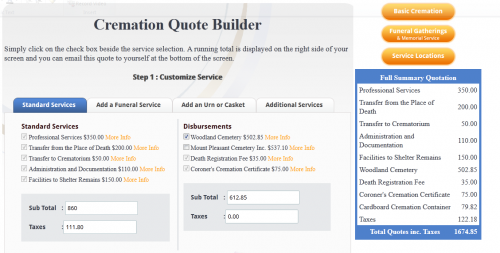Posted by Vale
Some personal reflections on the Southbank Deathfest this weekend:
Imagine a wire and steel footbridge over the Thames: brown water lapping, St Paul’s, pale in the wintry light, downstream. Drop down to buildings, a collection of concrete and glass halls that were modern once but which, in the way of those brave 50s buildings, now feel curiously dated.
Inside, people. Lots of them. It’s like an arty concourse in a railway station. Not everyone has come for the Deathfest – though hundreds of them have – but it seems that the lobbies of the Royal Festival Hall are a gathering place for Londoners anyway. The mill of people – talking, drinking coffee, mooching about, characterises the whole of the Deathfest. The day is made up of different events – talks, Death Cafe’s, discussions, stalls, happenings. Each of them has a charge of energy – and, depending on the venue and what’s going on, this mill of people round about sometimes makes them seem open and dynamic and, sometimes, dissipates them so that it is impossible to concentrate.
Actually there was a general sense of mild chaos everywhere.
Decorative coffins from Ghana
Through the door and, whoop! there are old friends and GFG regulars – Sweetpea, Belinda Forbes, Charles (whose phone rings constantly so that he is no sooner there than darting off again) and Gloria Mundi.There seemed to be friends of the GFG everywhere. Our religious correspondent Richard Rawlinson, Ru Callender, Fran Hall and Rosie Inman-Cooke at a very lively NDC stand, Tony Piper and then GFG heroes like Simon Smith from Green Fuse, Shaun Powell from the Quaker initiative in the East End, helping poorer families to a good funeral. James Showers, Kathryn Edwards too. Who have I missed out? Who did I miss?
If I am honest there was a lot that was interesting, some that was moving and a little that I thought was not really for me as a practicing Celebrant. But it wasn’t aimed at the likes of us and it was hugely exciting that so many there had come for themselves, to find out and start their own explorations. At the sessions I took part in – where the question was asked – I think 80%-90% were ‘ordinary’ people.
I enjoyed an NDC hosted talk about the need to prepare for death. It made me realise that, as a celebrant, almost all of our time is spent with families after the event. Wouldn’t it be wonderful to meet people earlier? I came away with a resolution to start to make a video recording as part of my own end of life preparations. Just, you know, to make sure a few good things get said. Met an inspiring spiritual midwife too!
After, off to the Beyond Goodbye session that began with Charles’ talk and closed with the film and questions about Josh’s extraordinary funeral. Well, extraordinary because of the film and the standard and quality of what was done, but, I wanted to call out, there are lots of ‘extraordinary’ funerals now. Any family can – should – have one. But that hardly needs saying here. Josh’s mum and brother though came across as pure gold. It really is worth watching it – find the GFGs original posting here. The website for Josh and for Beyond Goodbye is here.
I hung on to my seat (this was in the smaller Queen Elizabeth Hall) because after Josh came John Snow and the assisted dying discussion and lot’s of people wanted to see that.
At the end of a lively discussion I’m with Helena Kennedy on this: let’s, for goodness sake, have a proper commission about end of life issues. We’re mired in piffling debates in the Leveson enquiry and the doubtful (but surely unsurprising) morals of newspapers when there is an issue here that is both urgent and important and where popular feeling is pulling ahead of the current legal position. Society as a whole would benefit from open, reasoned, public enquiry and debate. I feel a GFG campaign coming on…
There were lots of things in the discussion that did make me think – especially the realisation that assisted dying has to be considered in the whole context of how we, as a society, treat vulnerable people. The whole debate would change – wouldn’t it? – if we could be confident that we treated the elderly and disabled generously, with respect and true consideration?
So much that I didn’t see. Paul Gambaccini’s session on Friday about Desert Island Death Discs, the poetry, Paul Morley and Sandi Toksvig – but I still came away with a sense that, maybe, in places like the pages of this blog, in the work of pioneers like the NDC and the Quaker Social Action project, and most of all in the energy and interest of the people who came and took part, we really might be able to bring death our lives. One thing is certain – we need more festivals like this one.

